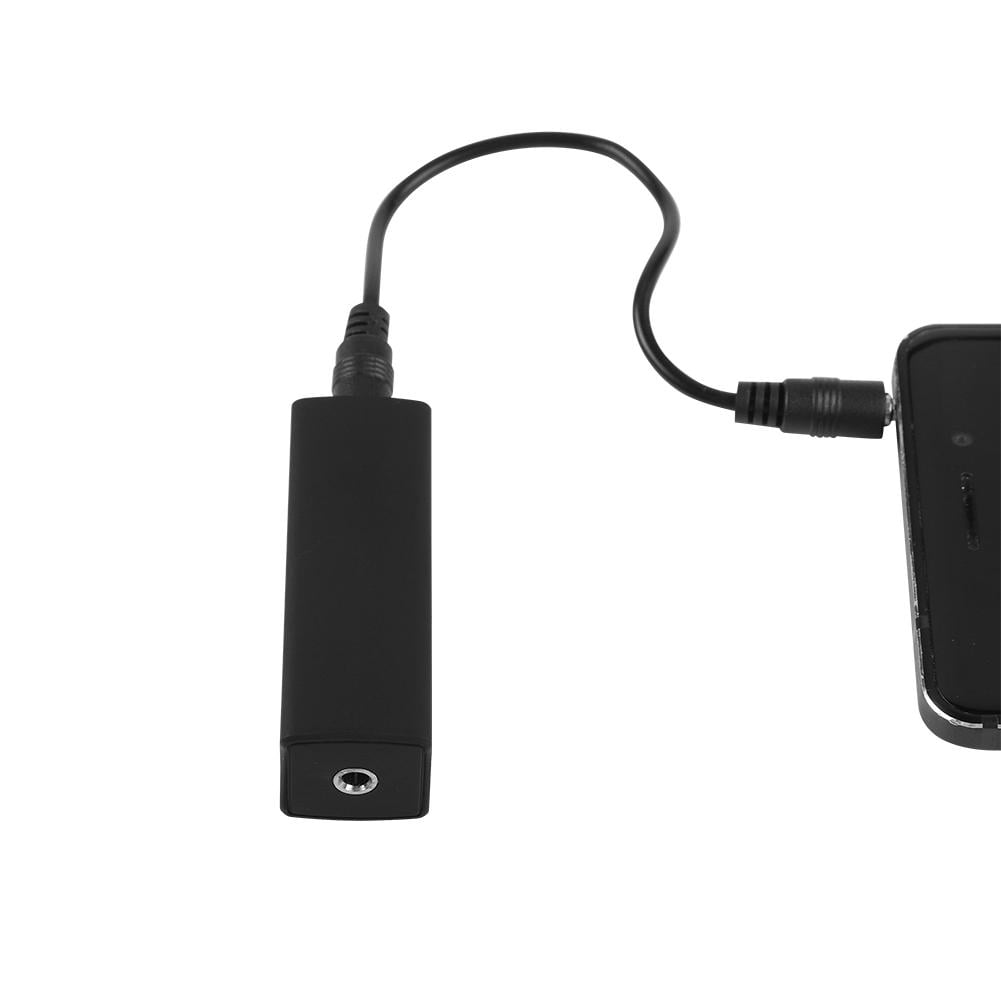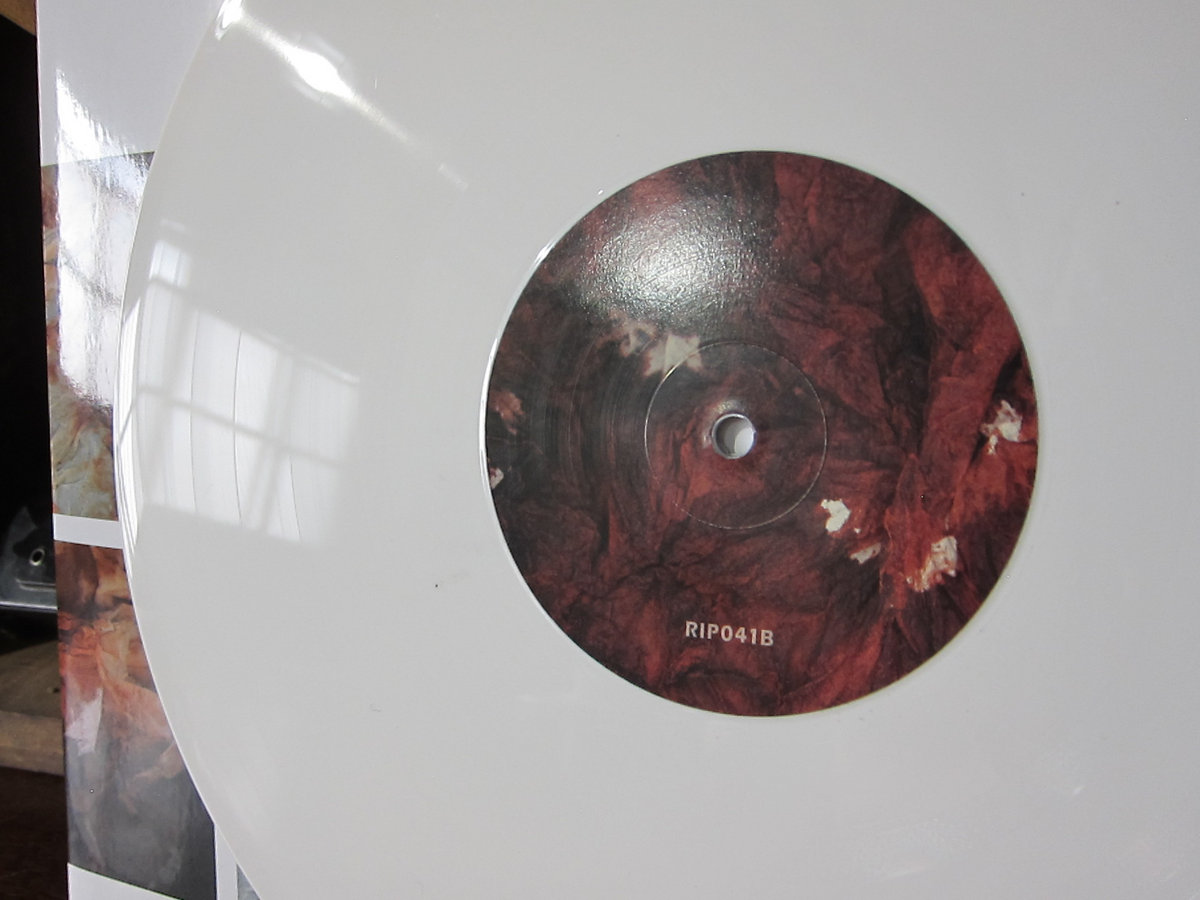

#Apps noise isolator driver
Replacement 40mm Headphone Speaker Driver (From:Amazon). However, if you’re building noise isolating headphones for kids, you should go for earmuffs that can fit their head size (something like Dr. Howard Leight by Honeywell Leightning 元 Shooting Earmuff (From:Amazon).

You can use a pair similar to the one used in the tutorial, but any other brand will do too. Noise-isolating earmuffs or ear protectors.Aside from ensuring you have everything you need before starting a project, it’s also good to consider purchasing extras in case you make a mistake along the way. Things you will need:įirst, make sure to run through the checklist of all the materials needed.
#Apps noise isolator how to
With this helpful tutorial and a few simple materials, you can easily learn how to do it yourself. Learning how to DIY noise-canceling headphones isn’t as complex as it might sound. Let’s get started! How to Make Noise-Canceling Headphones In this article, we’ll be tackling how to make noise-canceling headphones and show you how to better soundproof your earphones. While they can’t block them out entirely, they do well in muffling disruptive sounds, so we can stay focused and hear our music better. However, adding or improving passive noise cancellation capabilities on a standard pair of headphones or earphones is certainly doable.Īside from being affordable, upgrading your headphones or earphones with better passive noise cancellation is a great way to get more out of your gear.Īlthough ANC headphones are generally more effective in reducing low-frequency noise, PNC headphones are typically better at handling middle and high-frequency sounds, like barking dogs, loud voices, and car horns, which are often what our ears are more sensitive to.

Since active noise cancellation involves more sophisticated engineering and internal technology, there’s currently no way to manually DIY such a feature into a pair of regular headphones or earphones. PNC headphones and earphones do not require a power source to work and instead make use of noise-isolating materials like pads or foam to insulate our ears from unwanted background noise. Passive noise cancellation (PNC), on the other hand, is more commonly seen in most headphones and earphones in the market. Those under $1000, on the other hand, contain industry-leading technological features and up to 11 levels of noise cancellation. For example, some ANC headphones under $300 let you customize the amount of noise you want to hear. Of course, as the price goes higher, you can expect more improvements in the ANC technology. If you need more features like the Ambient mode or adjustable ANC, you’ll have to go for headphones under $200 or more. But these budget options only have the binary on/off ANC functions. Headphones with the ANC feature are usually more expensive than those with passive noise isolation, with the most affordable decent pair at around $50. When the opposing frequencies collide, they cancel each other out, resulting in reduced ambient noise. This frequency is then fed back to us through the speakers. This noise is fed into the ANC system, which generates an opposing sound frequency. Noise cancellation in headphones and earphones occurs in two ways – actively and passively.Īctive noise cancellation (ANC) starts with a built-in microphone picking up ambient noise in the wearer’s surroundings.



 0 kommentar(er)
0 kommentar(er)
